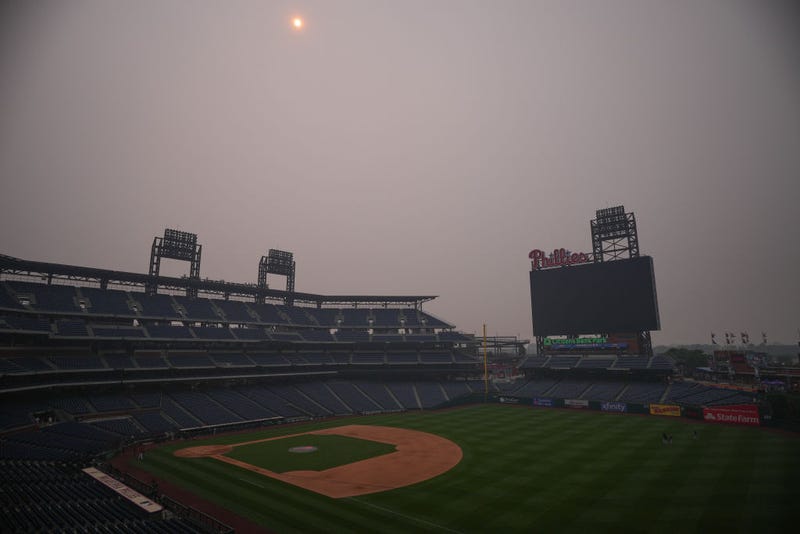
With air quality alerts in effect across the East Coast and other parts of the country, health officials are warning people to take precautions to protect themselves from the wildfire smoke.
While wildfire smoke may present a risk to everyone, there are those who are more at risk because of preexisting conditions.
The Centers for Disease Control and Prevention shared that people with lung diseases, like COPD or Asthma; heart disease; those who are pregnant; older adults; and children, are at a higher risk and will want to take steps to be prepared.
These include such things as checking air quality reports to know when it is and isn’t safe to be outside. This can be done by visiting the U.S. Environmental Protection Agency’s Air Quality Index.
Another precaution that can be taken includes keeping indoor air as clean as possible when advisories suggest staying indoors. To do this, the CDC says to run an air conditioner and ensure that the fresh-air intake option is closed and the filter is clean.
“If you do not have an air conditioner and it is too warm to stay inside with the windows closed, go to a designated shelter away from the affected area,” the CDC warns.
The CDC also warns that people should avoid burning candles, using fireplaces, vacuuming, and operating gas stoves, as they can increase indoor pollution or stir up pollutants that are already there.
When masking to protect from wildfire smoke, the CDC highlights that normal paper masks are not able to keep out the dangerous particles, and instead, proper respirators should be used when it is necessary to go outside.
The fires in Canada have been burning throughout this week, resulting in several cities having an orange haze in the sky, reminiscent of a post-apocalyptic movie.
However, Malcolm North, a forest ecologist with the USDA Forest Service’s Pacific Southwest Research Station, shared with KCBS radio that the haze is only sunlight refracting off the smoke in the air.
“The smoke is refracting the sunlight,” North said. “Particularly what it tends to do, because of the wavelengths going through the smoke, is it produces more of an orangey color. As an old forest firefighter, I can say you always feel like you’re in the end of the world when you see conditions like that, but it’s pretty common in just about any wildfire situation to have that kind of a coloration in the sky.”
While cities on the East Coast are now in day three of air quality alerts due to the fires, numbers are already starting to improve, and the effects of the smoke could soon be gone.


